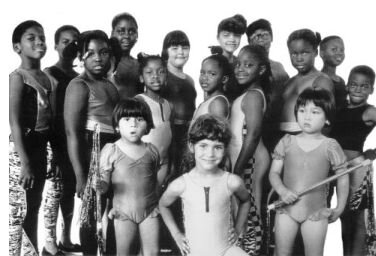By Elenore Meherin and Larry Clinton, Sausalito Historical Society
PHOTO FROM JACK TRACY’S MOMENTS IN TIME
The Wosser family in their 1914 Ford
Gasoline-powered vehicles began appearing in California in 1897, and just six years later a backlash exploded against them. Sausalito News historian Elenore Meherin told the story in the July 6, 1944 edition of the paper:
With robots flying pilotless over stormy channels and with radar magically detecting planes far at sea, it seems unbelievable that a few decades ago the automobile was rated a highly fantastic invention ... so grave a menace, in fact, that Marin County almost passed a law prohibiting use of the horseless carriage in this area. Charles Gunn, pioneer resident of Sausalito and chief of the Gunn, Carle & Co., in San Francisco, came across a 1903 petition to the board of supervisors of Marin County asking for an ordinance to prohibit use of the auto on Marin County roads. The petition was reprinted in a decade-old copy of Pacific Motorist which Mr. Gunn unearthed when cleaning out his desk the other day. The copy has a picture of the high-built, rickety-looking first horseless buggy which it described as a kind of demented dancing dervish.
Autos Menace
Marin County, which today has tens of thousands of cars, was asked to ban the “orrible queer contraption” as the English farm woman dubbed the horseless carriage: “The auto will break down. It will become unmanageable. It will shy and rear up and plunge and maim or kill people. No doubt improvements will be made and the risk of operating the automobile will be reduced until in the course of time it is possible the danger will be no greater than other forms of sports such as Alpine climbing.
“Taxpayers and residents do not want it. They cannot understand why a few individuals should be permitted to place in jeopardy the life and limb of Marin County residents who drive (in their coach and pair, of course) along the highways. The many sharp turns and steep grades in the hills of Marin are illy adapted to the operation of the horseless carriage.”
Marin Horse-loving
Marin County is first, last and always a horse-loving and horsekeeping country. It would attract more residents were it to become known that here, at least, is a refuge from the constantly increasing menace of the horseless carriage. “The auto in Marin can never be anything but a toy for the wealthy. It is a dangerous piece of mechanism: there should be drastic legislation passed to regulate it.”
Of course, the petition was unsuccessful. With the advent of car ferries from San Francisco to Sausalito in 1922, traffic jams and fender-benders became commonplace downtown. And the opening of the Golden Gate Bridge in 1937 created another boom in auto travel that soon eclipsed the ferries. Ferry service was discontinued in 1941, and not resumed until August 1970 by the Golden Gate Bridge, Highway and Transportation District.
The Year of the Pandemic has dramatically reduced automobile traffic in Sausalito, but we can expect another onslaught of cars when the Shelter-in-Place order is lifted for good.








